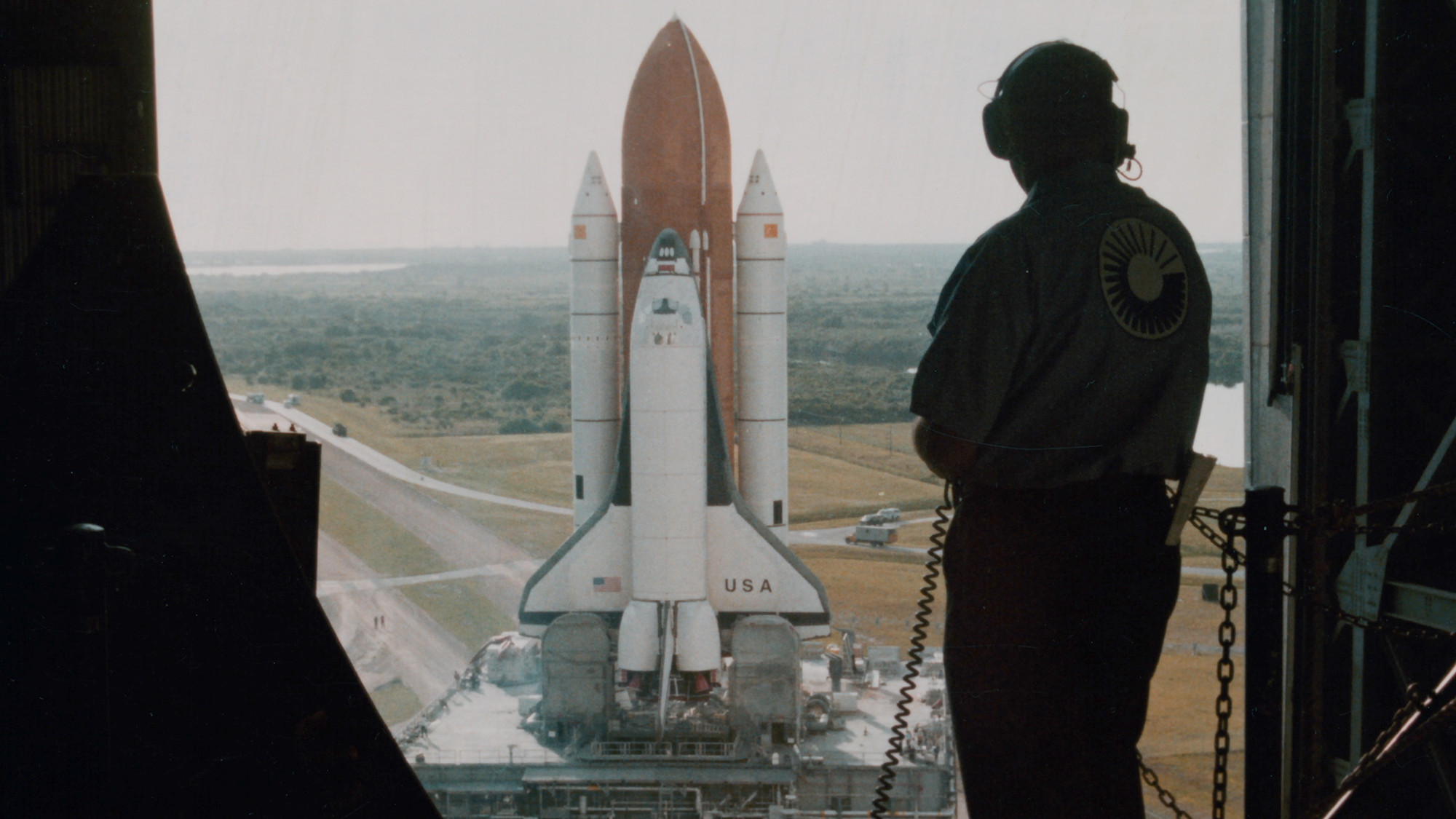
Producers of “When We Were Shuttle” shot the PBS documentary on a Blackmagic Pocket Cinema Camera 6K digital film camera and color graded with DaVinci Resolve Studio editing, grading, visual effects VFX and audio post production software, the company said this week.
“When We Were Shuttle,” which premiered on PBS in November 2022, is a documentary commissioned by Miami PBS member station WLRN, exploring the Space Shuttle Program through six exceptional men and women who worked behind the scenes to make it fly. Through their recollections and personal archives, the film dives into the core of the humanity behind the Program, with a unique, grassroots look at the way Shuttle affected life until the program’s end in 2011. Directed by Zachary Weil and photographed by Kyle McConaghy, the film premiered at the Kennedy Space Center's IMAX theater in October 2022.
In 2019, Weil produced a documentary called “When We Were Apollo” for WLRN. The film was well received and the station asked about future projects. “The space shuttle seemed like a very natural segue from this first effort,” he said.
McConaghy chose Blackmagic Design’s Pocket Cinema Camera 6K for its form factor. “From a handling standpoint, the Pocket 6K is so well designed,” he said. “We were following our subjects around just holding the camera, and looking at the footage, you would think at the very least we had an easy rig or even some more significant stabilization. But the size and weight are pretty ideal for handheld work.”
Though the production was often a “run and gun” style, Weil and McConaghy still wanted as high a cinematic quality as possible, while being sensitive to storage needs. “Aside from the beautiful image and form factor, shooting long interviews with Blackmagic RAW is such a game changer,” continued McConaghy. “We shot at full 6K (6144 x 3456) using constant quality settings Q3 or Q5 and I couldn’t believe how many hours of footage we were able to shoot with just one or two CFAST cards.”
McConaghy color graded the project himself in DaVinci Resolve Studio. “Zack and I drew a lot of our look inspiration from the archival material that we collected,” said McConaghy. “A lot of it was captured in either 16 mm film stock, or Kodachrome if it was still photography. So we talked a lot about trying to create and foster a look that was the total opposite of the subject matter that we were dealing with, that being space. Space is a very sterile and cold environment. Our solution was to really go in the opposite direction: shoot and grade our subjects to feel warmer and more familiar.”
McConaghy also appreciated the abilities Blackmagic RAW gives in the grading process. “Post was a dream with the camera,” said McConaghy. “Blackmagic RAW’s highlight retention was great, which helped us dial in a slightly retro look to match the archival material.”
The professional video industry's #1 source for news, trends and product and tech information. Sign up below.
“When We Were Shuttle” is available at https://video.pbsnc.org/video/when-we-were-shuttle-zdzfps/
Tom has covered the broadcast technology market for the past 25 years, including three years handling member communications for the National Association of Broadcasters followed by a year as editor of Video Technology News and DTV Business executive newsletters for Phillips Publishing. In 1999 he launched digitalbroadcasting.com for internet B2B portal Verticalnet. He is also a charter member of the CTA's Academy of Digital TV Pioneers. Since 2001, he has been editor-in-chief of TV Tech (www.tvtech.com), the leading source of news and information on broadcast and related media technology and is a frequent contributor and moderator to the brand’s Tech Leadership events.

